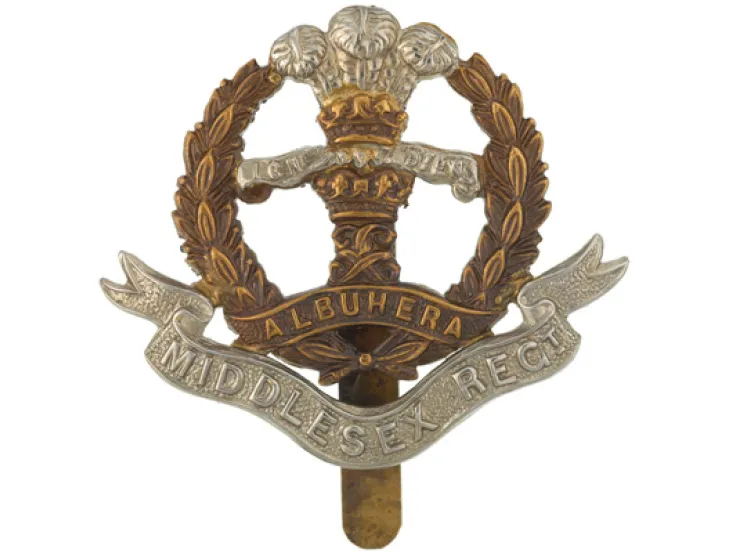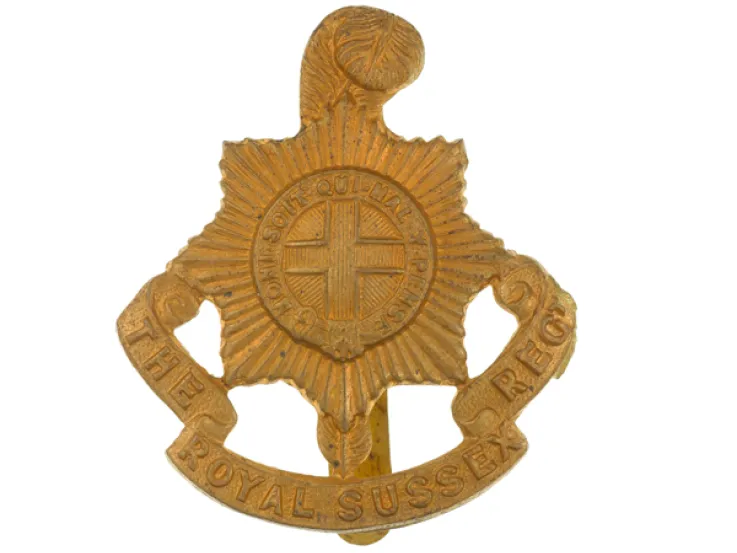Origins
This unit was raised in 1756 at the start of the Seven Years War (1756-63) as the 2nd Battalion of the 20th Regiment. Two years later, it split off to form a separate regiment with the number 67. Its first colonel was Major-General James Wolfe.
The regiment’s first major action was the capture of the island of Belleisle off the French coast in 1761. This was followed by spells in Portugal and Minorca. It returned to England for five years in 1771, before a nine-year term garrisoning Ireland.
It was shipped to the West Indies in 1785, where it spent all but one of the next 26 years, fighting on Saint-Domingue (now Haiti) in 1796 and 1798. This period also saw it given its county designation of South Hampshire in 1782.
Early 19th century
In 1803, the regiment raised a 2nd Battalion. This served in Ireland and the Channel Islands before deploying to the Peninsular War (1808-14) in 1810. While there, it fought at Barrosa (1811), Tarragona (1813) and Barcelona (1814). After garrisoning Gibraltar, 2nd Battalion was disbanded in 1817.
The year 1803 also saw 1st Battalion begin another Irish posting, followed by its first Indian deployment in 1805. This involved fighting in the Second Maratha War (1803-06), including the Siege of Asigarh in 1803.
This deployment to India lasted so long that the regiment was granted a tiger on its badge following its return to England in 1826. It spent the next three decades garrisoning Ireland, Gibraltar, the West Indies, Canada and England.
Victorian wars
In 1858, the regiment returned to India. From there, it moved on to China in 1860, where it fought in the Second China War (1857-60). Four members of the regiment won the Victoria Cross during the capture of the Taku (or Peiho) Forts in 1860. The 67th also participated in the subsequent capture of Peking (1860).
In 1864, the regiment deployed from Shanghai to Japan to defend the British legation at Yedo, which was then under attack from anti-western forces. It then moved to southern Africa for a year in 1865, and to Britain from 1866 to 1872.
Its next overseas posting was again to India in 1872. This deployment included four years in Burma and service in the Second Afghan War (1878-80), where it fought at Charasiah (1879) and Kabul (1879).
Legacy
It was still in India in 1881 when it was merged with the 37th (North Hampshire) Regiment of Foot to form The Hampshire Regiment.
Regimental museums
The National Army Museum works with a network of Regimental and Corps Museums across the UK to help preserve and share the history and traditions of the Army and its soldiers.
Discover more about the 67th (South Hampshire) Regiment of Foot by visiting The Royal Hampshire Regiment Museum in Winchester.











